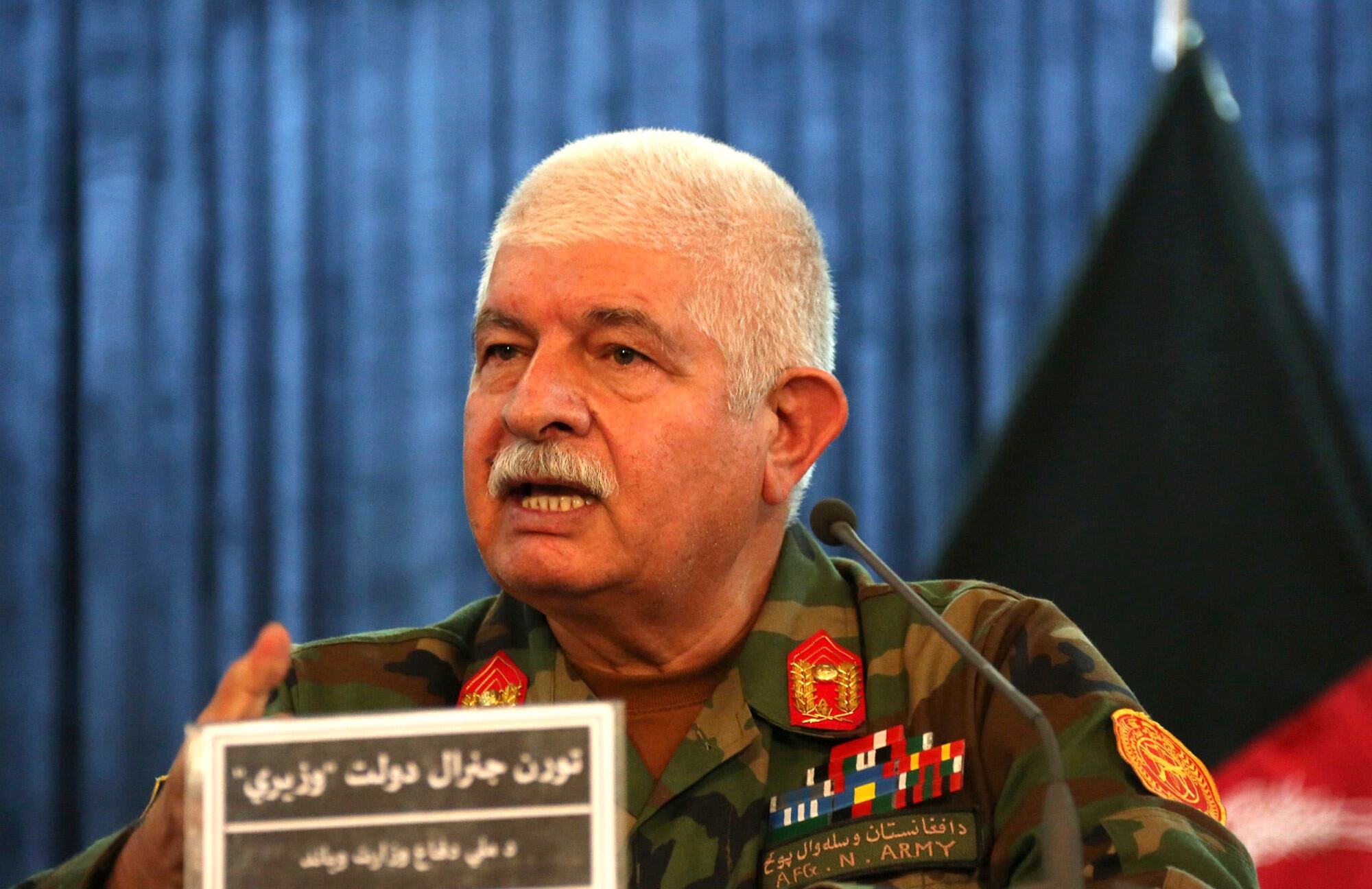WASHINGTON — Casualties among Afghan security forces soared 28 percent in 2015 as soldiers and police there fought a revitalized Taliban insurgency.
In all, about 16,000 members of Afghanistan's army and police forces were killed or wounded during fighting, according to figures released Monday. That was up from about 12,500 casualties in 2014. The figures compare 2014 and 2015 through mid-December, said Army Col. Michael Lawhorn, a military spokesman in Kabul.
"We may say we're not in combat operations, but the Afghans are certainly still in this war," Army Gen. John Campbell, the top U.S. commander told USA Today in an interview last week.
The security situation in Afghanistan deteriorated last year as U.S. forces stepped back from conducing combat operations and reduced their troop levels to 9,800. At the same time, Afghan forces faced a resurgent Taliban as well as al-Qaida and Islamic State militants.
Campbell, in the interview, said he will travel to Washington soon and will urge senior leaders to maintain at least 9,800 U.S. troops through most of 2016. In October, President Obama announced that American forces would remain in Afghanistan after his presidency, saying the troop level would be brought down to 5,500 this year.
The primary task for U.S. troops in Afghanistan is training and advising Afghan forces. Americans are permitted to defend themselves, and elite special operations units continue to conduct raids on al-Qaida and related terrorist operations there. U.S warplanes can also swoop in to attack the Taliban if allied forces are under siege.
Campbell wants to keep 9,800 troops there for as long as possible, and said he would ask for more troops if necessary. Demand for their firepower from Afghans is constant, he said.
"Every day probably the No. 1 thing I get asked for is close air support," he said. "It provides them confidence.'
The Taliban also took heavy losses last year, Campbell said. Although figures for Taliban casualties are imprecise because there is no official reporting, it is thought that their number of killed or wounded jumped more than 70 percent.
The new year promises more tough fighting for Afghans.
"There's no doubt that the casualties for the Afghan security forces have been much higher this year than for other years," Campbell said. "We kind of expected they'd be higher. They're on their own. They don't have as much close-air support. They're taking on the fight for the most part on their own."





